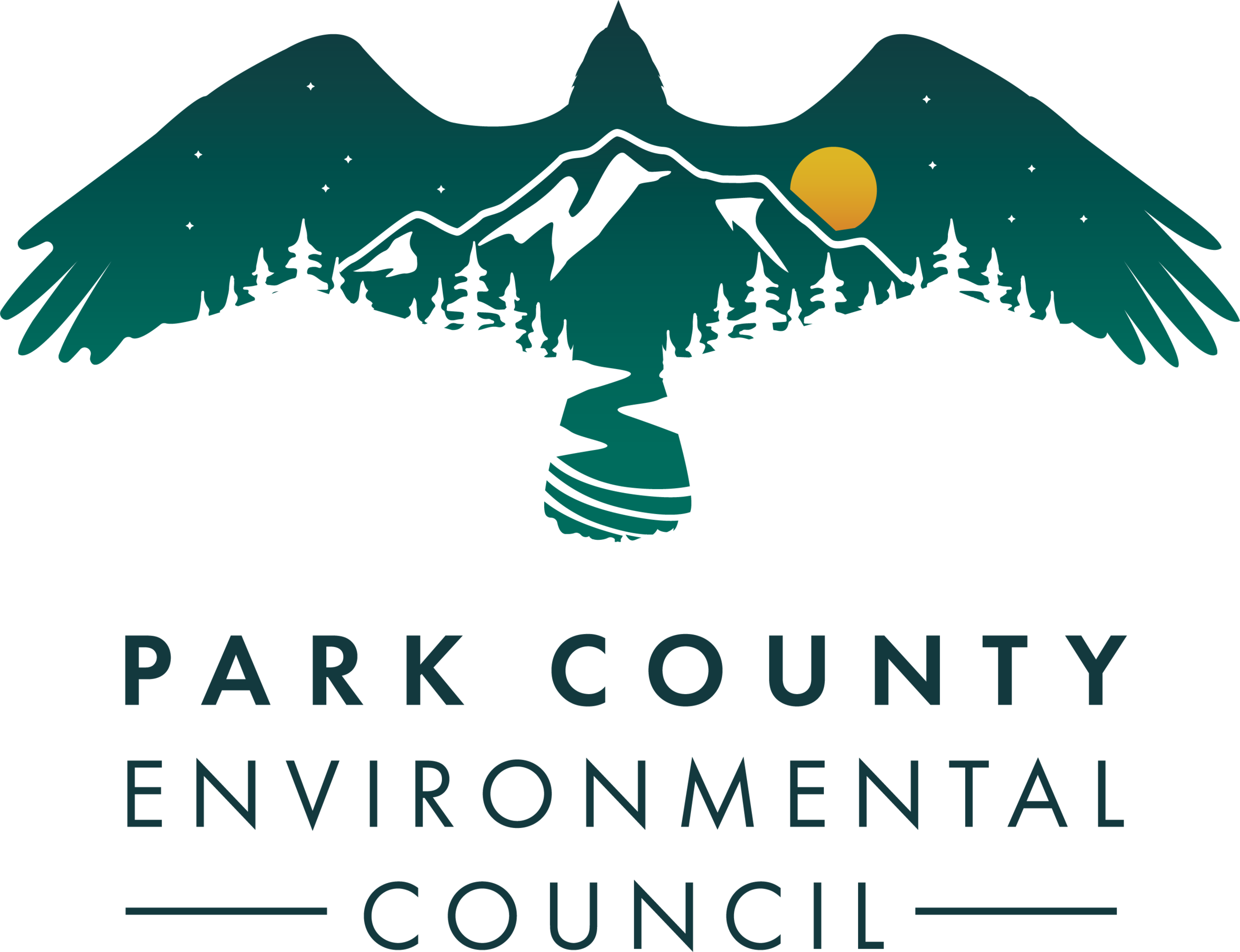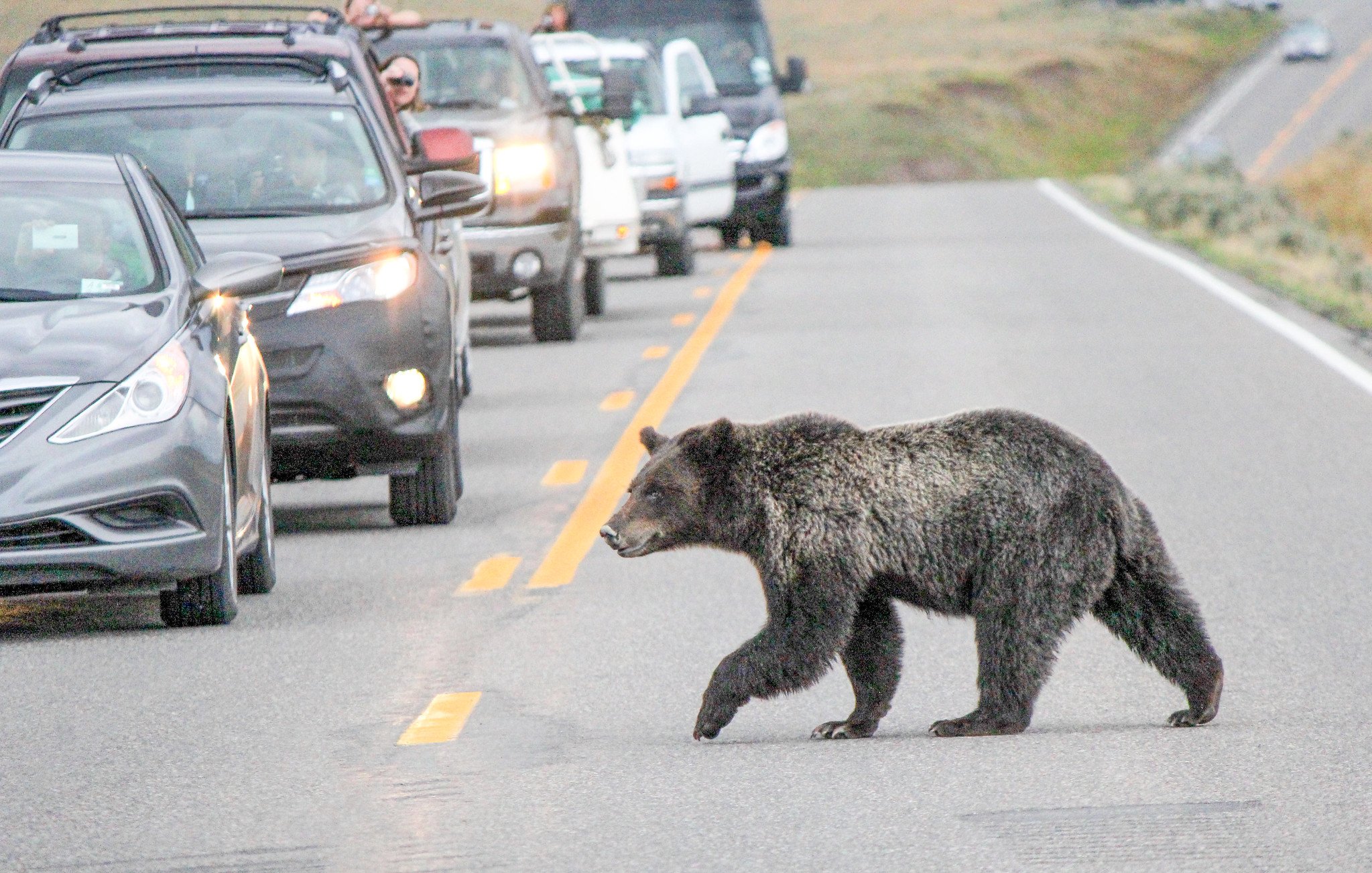Do you #GiveAHoot about grizzlies in the Shields Valley?!
Photo courtesy of the National Park Service
Over the past week, photos, videos, and news reports have been circulating of a grizzly bear in the Shields Valley, between Clyde Park and Interstate 90.
FWP has confirmed it, and questions have started to percolate — in my mind and I’m sure in the minds of others. Where did it come from? Where is it going? How do we make sure it stays safe?
Grizzly biologist Chris Servheen told Montana Free Press it’s just as likely to have come down from the Glacier area as it is to have come from Yellowstone.
This is exciting. It also points to the importance of our local efforts to support co-existence and community tolerance for bears in our backyard. These explorer bears, returning to places they haven’t been able to call their home in over a century, are incredibly vulnerable to human conflict. We have a lot of work to do!
Do you Give-A-Hoot about wildlife!? Donate today! We still have more to raise to reach our goal of $85,000 and only 12 days left to do it!
Over the past few years, PCEC has had success in this area, but we really would like to be able to do more. PCEC’s strategic planning process identified wildlife habitat protection and coexistence as a top programmatic priority, but we currently have limited wildlife-specific funding in our budget. To a large degree, our wildlife work is funded by people like you. The people that live with and love wildlife.
Our Wins:
Last year, we hosted our first bear fair at the Livingston Farmers Market;
We successfully lobbied for Livingston to have its first bear and garbage requirements for a new subdivision.
We encouraged the county to adopt automatic gates and electric fences to help keep grizzlies out of the trash.
We are working with statewide partners to discuss how to make Park County a Bear Safe Community, when the Interagency Grizzly Bear Study Team finalizes the qualifications.
We partnered with the Absaroka Beartooth Wilderness Foundation to train nine AmeriCorps to convey bear awareness to members of the public at popular trailheads.
Livingston has a fair number of black bear conflicts each year. FWP told PCEC last year they’ve had to kill at least nine black bears in the past 15 years in Livingston. How can we ensure grizzlies don’t follow a similar fate?
Clyde Park has a well-known black bear garbage problem, according to Park County. What happens when grizzlies come through?
Grizzlies often get killed crossing U.S. Highway 89 between Gardiner and Livingston, according to Yellowstone Safe Passages. How can we help them safely cross?
It’s going to be up to groups like PCEC and community members like you who live alongside our wild neighbors.
Want to learn more? FWP is hosting a “bear town hall” at the Big Timber Community Library at 7 p.m., on July 24. Wildlife officials and game wardens will talk about bear biology and management, provide information on conflict prevention, and answer questions. FWP is encouraging local landowners to attend.
No matter which side of the interstate this bear started on, we’re still a long way from true connectivity — a meaningful exchange of genetics between the two main remnant grizzly bear populations (in the NCDE and in the GYE).
The federal government has announced it is reviewing whether to delist grizzly bears under the Endangered Species Act. They’ve tried twice before, both times failing to be able to prove that they are recovered. PCEC members submitted thousands of comments in opposition to delisting. It’s likely much hasn’t changed in the past five years. They need genetic augmentation in order to be able to survive. They’re being killed by humans at record rates, and their food sources are threatened by the changing climate.
Today, grizzlies exist in just 2 percent of their former range. We in Park County count ourselves lucky to live alongside grizzlies, and we have an obligation to our wild neighbors to make sure we don’t do more harm than good.
If you support this work, please consider giving to PCEC through Give-A-Hoot today!
In Community,
Michelle

